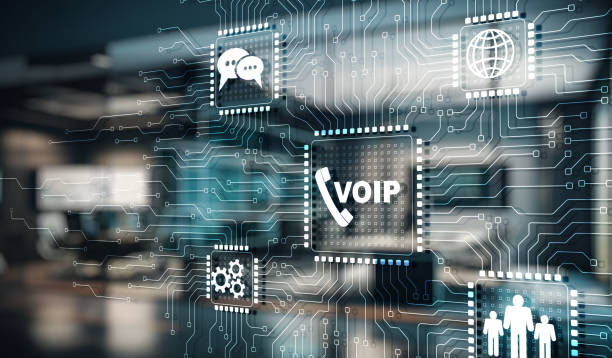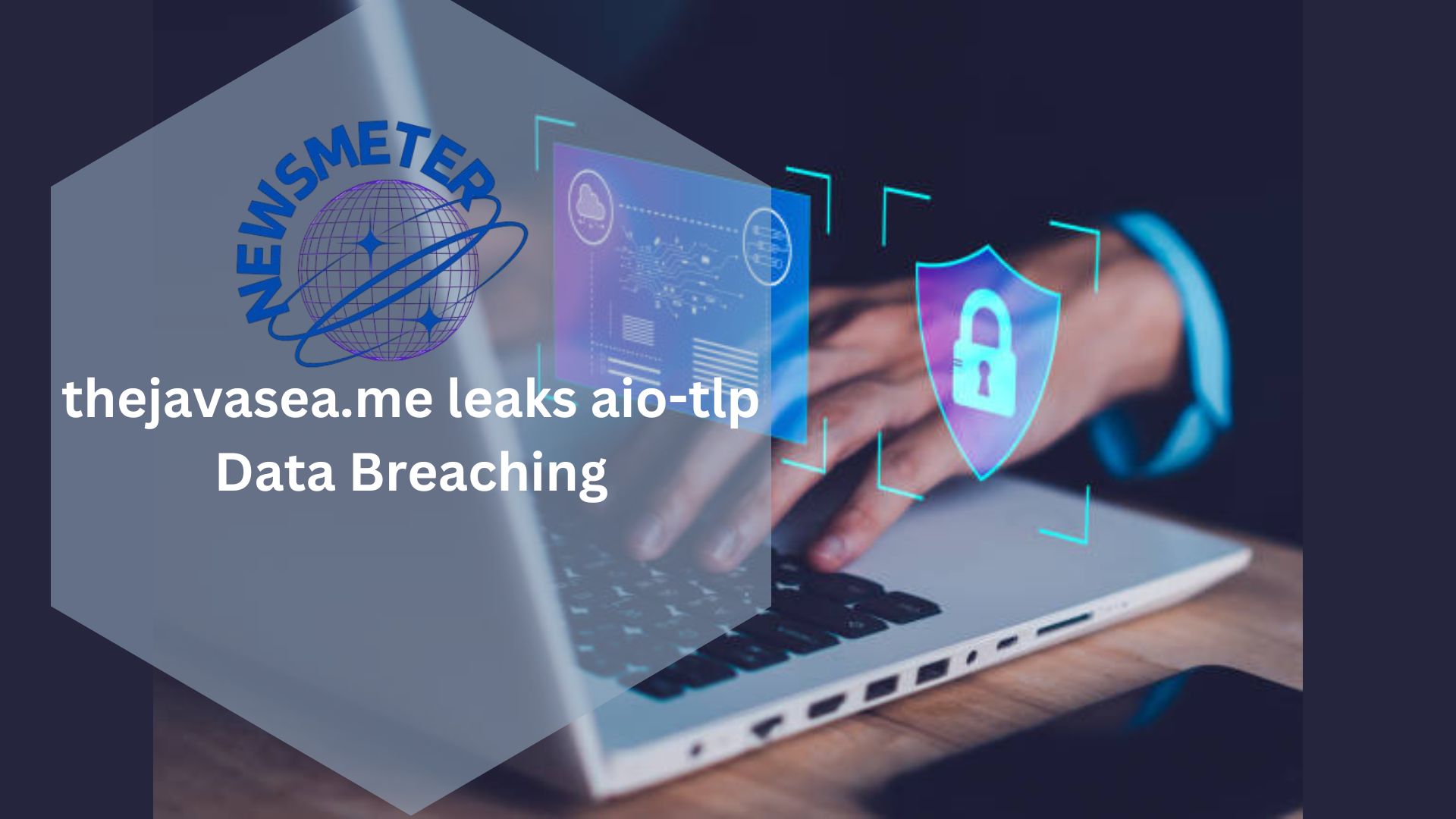The numbers underpin how we connect, communicate, and navigate the internet. One such numerical sequence that raises questions is 185.63.253.2001.
At a glance, it appears to be an IP address, but its format challenges the rules that govern standard internet protocol (IP) addresses. This blog explores the intricacies, misconceptions, and security concerns related to 185.63.253.2001.
From network configuration to cybersecurity, understanding this kind of anomaly helps users and professionals alike stay informed and protected.
What Exactly Is an IP Address?
To understand why 185.63.253.2001 stands out, let’s first define what an IP address is.
An Internet Protocol (IP) address is a unique identifier for a device on a network. It facilitates data exchange, allowing computers to find each other and share information accurately.
There are two major types of IP addresses in use:
- IPv4 (Internet Protocol Version 4): The most widely used, IPv4 consists of four decimal numbers (0–255) separated by periods. An example is
192.168.1.1. This 32-bit address format allows for around 4.3 billion unique addresses. - IPv6 (Internet Protocol Version 6): As the internet has grown, so has the need for more IPs. IPv6 uses 128-bit hexadecimal numbers and colons for separation, like
2001:0db8:85a3:0000:0000:8a2e:0370:7334.
Why 185.63.253.2001 Is Invalid?
On the surface, 185.63.253.2001 seems like a standard IPv4 address. It follows the familiar dot-decimal format. But a closer look reveals a fundamental flaw: the last segment—2001—exceeds the maximum value of 255, which is the upper limit for any IPv4 octet.
This simple detail renders it invalid. Valid IPv4 addresses follow the structure A.B.C.D where A, B, C, and D are each numbers from 0 to 255. Therefore, a segment value of 2001 breaks the format.
Possible Interpretations of 185.63.253.2001
There are a few theories about what this unusual format could mean:
- Typo or Human Error: It’s possible someone meant to write
185.63.253.201, which is a valid IPv4 address. - Port Misplacement: Sometimes, IPs are followed by ports (e.g.,
192.168.1.1:8080). Perhaps this was intended as185.63.253.200:1, suggesting a server on port 1. - Misunderstood IPv6 Format: Since many IPv6 addresses begin with 2001, such as Google’s public DNS
2001:4860:4860::8888, it’s possible the number 2001 was mistakenly added to an IPv4 structure. - Malicious Intent: Some cybercriminals use malformed addresses to bypass filters, confuse users, or obscure attacks.
Why the Mistake Matters
While this might seem like a harmless error, incorrect IP formatting has real-world consequences:
- Security Weaknesses: Mistyped IPs in firewall rules or access control lists can inadvertently block legitimate traffic or allow malicious actors.
- User Confusion: Non-technical users may click suspicious links or enter invalid addresses into browsers, exposing them to phishing scams or malware.
- Server Crashes: Web apps or networking tools that aren’t programmed to handle malformed IPs might crash or behave unpredictably.
The Legitimate Identity: 185.63.253.200
If we assume the intended address was 185.63.253.200, it’s worth looking up what this IP corresponds to. Using tools like WHOIS, we find that this IP is part of a European server network—likely located in the Netherlands.
Details might include:
- Hosting Provider: European-based data centers or cloud service providers.
- ASN (Autonomous System Number): Helps route internet traffic efficiently.
- Usage: Could be part of a VPN service, web hosting company, or CDN (Content Delivery Network).
- Reputation: Community reports might label it as clean, suspicious, or abusive depending on its use.
IPv4 vs. IPv6: A Quick Recap
Understanding the broader context of IP formats helps demystify errors like 185.63.253.2001:
- IPv4 Limitations: Introduced in the early 1980s, IPv4’s 4.3 billion addresses are nearly exhausted.
- IPv6 Advantages: Provides over 340 undecillion (that’s 340 followed by 36 zeros) addresses, better security features, and improved routing.
Many users still operate under IPv4, but IPv6 is being gradually adopted worldwide, especially by ISPs and data centers.
Port Numbers and Their Meaning
IP addresses often work with ports, which direct network traffic to the appropriate service on a device. For instance, 192.168.1.1:80 sends traffic to port 80—typically used for HTTP.
If the intent behind 185.63.253.2001 was to indicate a port (e.g., 185.63.253.200:1), that brings new insights:
- Port 1: Rarely used in practice, often reserved or filtered.
- Risks: Unusual ports are common targets in port scanning and brute force attacks.
Always validate port configurations to avoid unexpected behavior or vulnerabilities.
Cybersecurity Implications
In cybersecurity, malformed IPs like 185.63.253.2001 are considered red flags. They can be used to:
- Evade Detection: Bypass filters or security software that checks only for valid formats.
- Confuse Logs: Make forensic analysis harder by creating inconsistent entries.
- Probe Defenses: Bots might send malformed requests to test server robustness.
- Exploit Vulnerabilities: Weak systems might not validate inputs, leading to buffer overflows or logic errors.
Best Practices for Network Admins and Users
To avoid falling into traps related to IP misconfiguration, here are some best practices:
- Educate Users: Promote digital literacy about valid IP structures and common scams.
- Validate Inputs: Ensure apps, firewalls, and servers reject malformed IPs.
- Use Security Tools: Leverage tools like VirusTotal, IPinfo.io, Shodan, and AbuseIPDB to verify and analyze IPs.
- Regular Audits: Check firewall rules and access logs for inconsistencies.
Tools to Identify IP Issues
Numerous online and local tools can help identify, validate, and investigate IP addresses:
- WHOIS Lookup: Finds IP ownership and registration details.
- IPinfo.io: Gives geolocation and usage context.
- AbuseIPDB: Flags malicious IPs.
- Shodan: Searches for devices exposed online.
- Traceroute & Ping: Tests connectivity and routing.
- Nmap: Scans for open ports and services.
These tools can be essential in identifying whether a string like 185.63.253.2001 is harmless or harmful.
Real-World Examples and Lessons Learned
Misunderstanding or mishandling IP addresses has led to significant problems in the past:
- Crashes in Banking Apps: A malformed IP in an internal network lookup brought services down temporarily.
- Phishing Campaigns: Malicious actors used IP-like URLs to trick users into clicking links.
- Security Loopholes: Invalid IPs in firewall rules allowed unauthorized access.
- ISP Complaints: False alarms caused by unusual IP formats triggered account suspensions.
These examples emphasize the need for vigilance.
Conclusion: A Teachable Moment
The number 185.63.253.2001 may be invalid, but it carries valid lessons. Whether it’s an innocent typo, a format confusion, or an intentional deception, recognizing anomalies in IP structures can be a gateway to deeper digital literacy.
For everyday users, this means double-checking links, learning the basics of IP addressing, and not blindly trusting numeric URLs. For IT professionals, it’s about robust validation, logging standards, and educating others.
The internet is structured around numbers, but understanding those numbers correctly can protect systems, data, and lives. The more we know about IP addresses—valid and invalid—the better equipped we are to navigate the digital world safely.
Let 185.63.253.2001 be more than a mistake. Let it be a reminder to stay curious, cautious, and always a step ahead in the digital age.
For more, continue to read at newmetre.com











